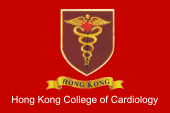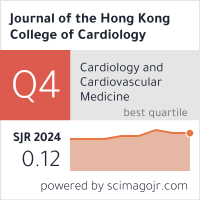Abstract
Background: The impact of PAH-related gene mutations on the clinical phenotype are not yet fully understood, especially in childhood.
Methods: Retrospective study of 114 pediatric Chinese Han population whose onset of PAH was between 3 months and 18 years of age with IPAH were performed. Whole exome sequencing results, clinical characteristics, treatments and outcomes were recorded in all patients.
Results: Thirty-one BMPR2, nine ACVRL1 and 33 other PAH-related gene mutation carriers were detected in this cohort. The median age at diagnosis of PAH was 5.9 (3.4,10.3) years. 54 (47.4%) patients were female. 80 patients including 59 mutation carriers underwent right heart catheter examinations, with acute vasodilator testing performed simultaneously. ACVRL1 mutation carriers accounted for the largest proportion of NYHA FC III-IV (77.8%) at diagnosis and had the highest median baseline BNP level compared with other subgroups (p=0.026). BMPR2 mutation carriers showed the worst hemodynamic results and responded poorly to vasodilator (PVRI 24.0 to 25.5 WU*m2, p=0.785). During the median follow up time of 2.3 (1.2, 5.1) years , 33 patients (29.0%) died. Survival rates of end-point-free events at 5 years after diagnosis was 66%. Cox proportional-hazards model for time to death indicated that ACVRL1 mutation carriers had significantly worst outcome than mutation noncarriers (HR 3.341, 95% CI: 0.61-18.20, p=0.027), followed by BMPR2 mutation carriers (HR 2.957, 95% CI: 1.35-6.47, p=0.004).
Conclusions: Despite significant advances in management, mortality remains significant in pediatric IPAH cohort, reinforcing the need for early genetic diagnosis and optimal individualized PAH targeted management to improve outcomes.
Recommended Citation
Zhuoyuan Xu, Hongsheng Zhang, Chen Zhang, Qiangqiang Li, Hong Gu, Clinical Features and Prognosis of Chinese Childhood Pulmonary Arterial Hypertension-Related Gene Mutation Carriers Journal of the Hong Kong College of Cardiology 2022;29(3):106-115 https://doi.org/10.55503/2790-6744.1475
Creative Commons License

This work is licensed under a Creative Commons Attribution-Noncommercial-No Derivative Works 4.0 License.



